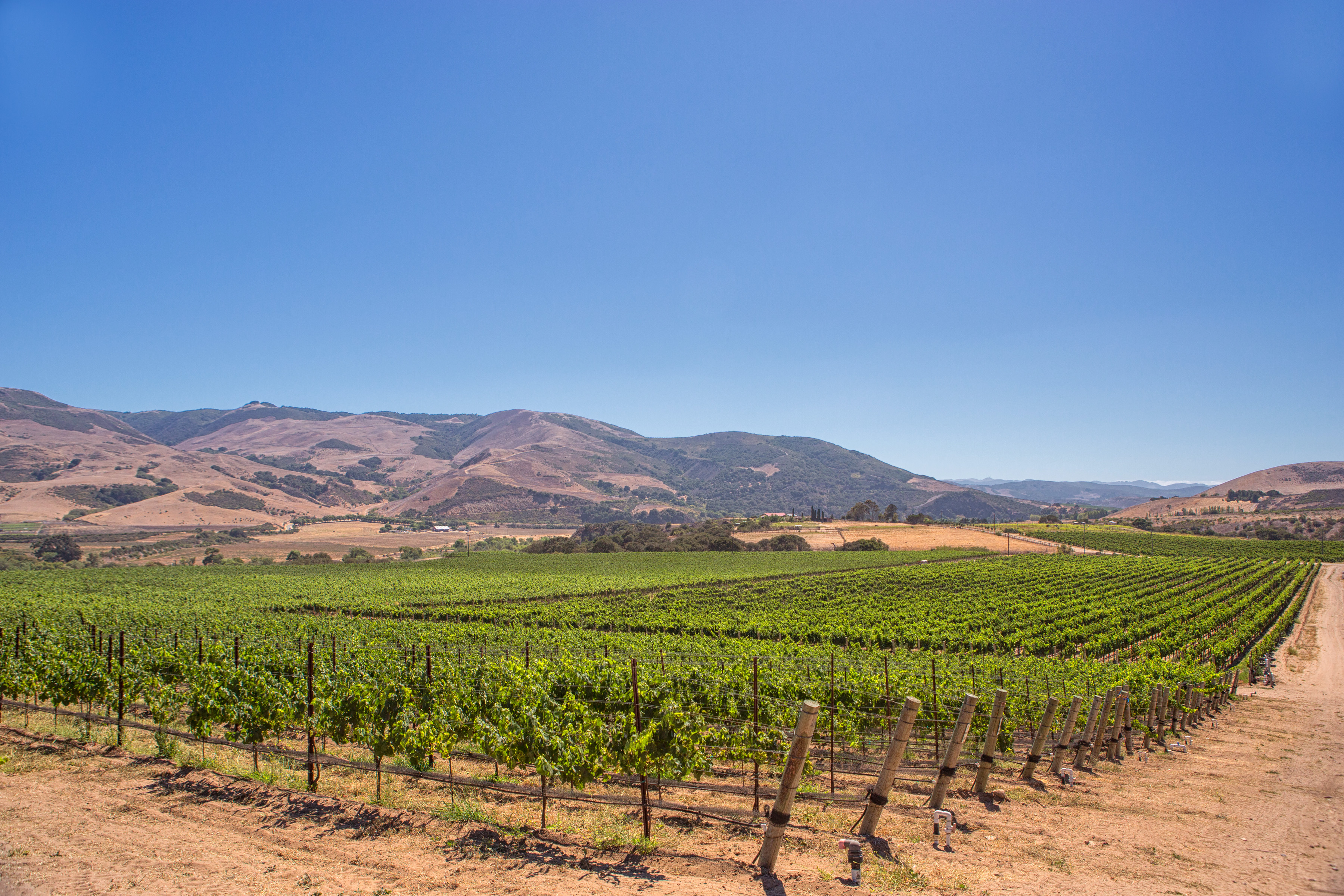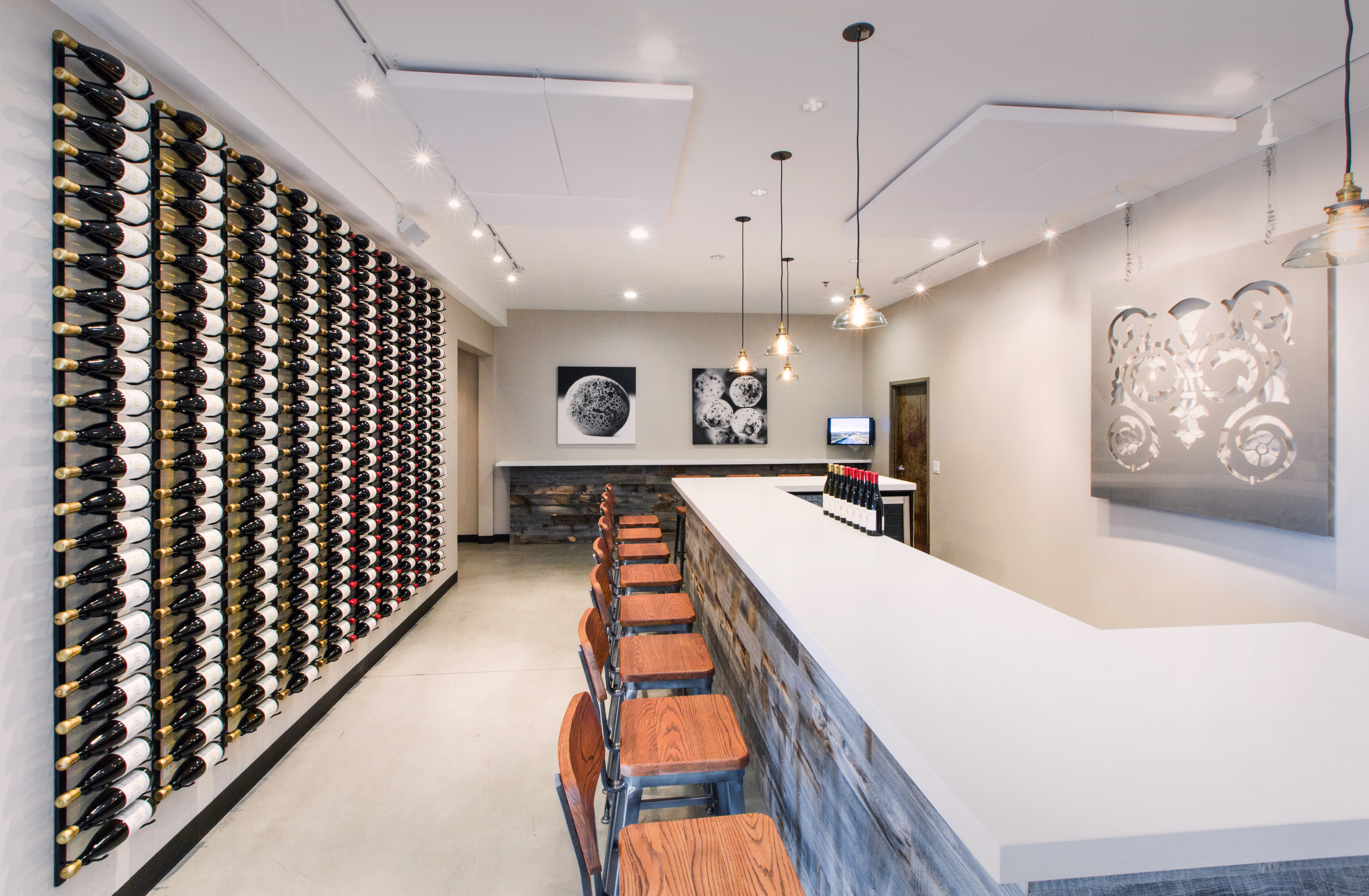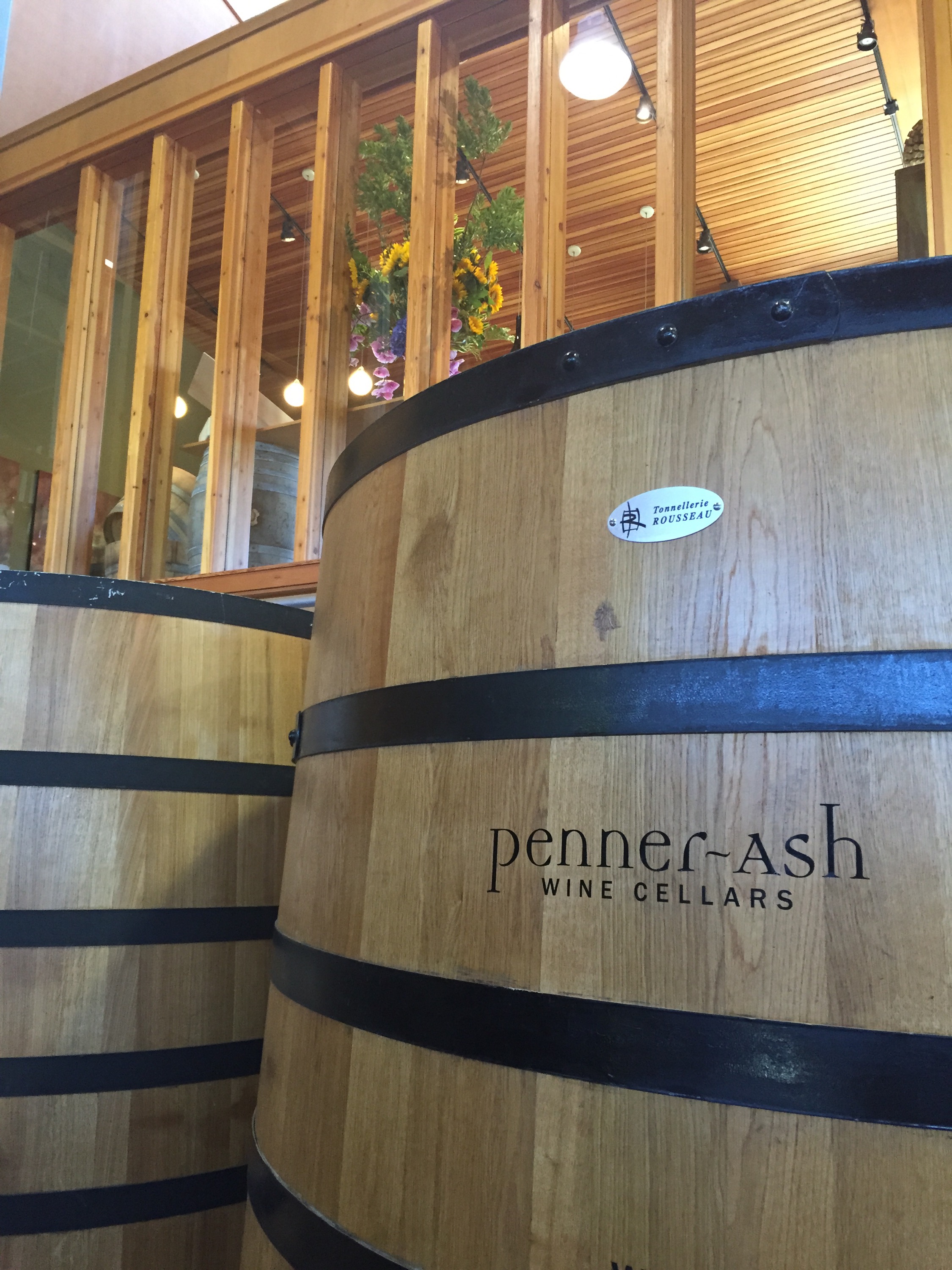
Spectacular vineyards in Germany’s Mosel region (Anbaugebiete) above the Mosel River.
I recently sat for the Society of Wine Educators’ Certified Specialist of Wine (CSW) Exam, which covers anything and everything associated with the production of wine around the world. It had been quite awhile since I had taken a deep dive into the wines of Germany, Austria, Greece and Eastern Europe, but the exam covers the globe and I soon had to be re-emerged into these diverse and exciting wine regions. I thought it would be fun to share some of the definitions and terminology from these unique areas that are included in the CSW curriculum.
Anbaugebiete
Germany has 13 recognized wine regions called Anbaugebiete. They are further divided into smaller and more exclusive areas: Beriche, Grosslagen, and Einzellagen.
Prädikatswein
In Germany, this is the highest quality level designation. These wines must be produced from the 13 Anbaugebiete.
Trockenbeerenauslese
Subcategories of the Prädikatswein are based on grape ripeness and Trockenbeerenauslese (TBA) translates to “selected dried berries.” These gems are considered to be among the world’s greatest dessert wines.
Verband Deutscher Prädikatsweingüter (VDP)
The Association of German Prädikat Wine Estates was founded in 1910 to create the country’s first classification of vineyards. The four levels are: VDP Grosse Lage, VDP Erste Lage, VDP Ortswein, and VDP Gutswein.
Spätburgunder
Riesling is the most widely planted grape in Germany, but Spätburgunder (Pinot Noir) is the most widely planted red grape and the third most planted variety (Müller-Thurgau is second).
Weinbauregionen
Moving into Austria, the country’s Protected Geographical Indication (PGI) vineyards are divided into three Weinbauregionen: Weiland Österreich, Steierland and Bergland.
Weinbaugebiete
Within Austria’s three Weinbauregionen, there are four Protected Designation of Origin (PDO) regions called Weinbaugebiete.
Niederösterreich
Niederösterreich is one of the four Weinbaugebiete. The other three are: Burgenland, Steirermark and Wien. These regions are further divided into 18 sub-regions, which include nine Districtus Austriae Controllatus (DAC), considered to be the highest quality level in Austria.
Crljenak Kaštelanski
Croatia’s indigenous Crljenak Kaštelanski is thought to be the same grape taken to the United States and called Zinfandel, as well as in Italy, where it is called Primitivo.
Xinomavro, Agiorgitiko, Mavrodaphne
Three of the top red grapes in Greece, where over 300 indigenous grapes are planted. Moschofilero, Assyrtiko, Roditis are three of the top white grapes.
Onomasía Proeléfseos Eleghoméni (OPE)
This is considered to be the highest level for sweet wines in Greece. There are eight OPEs and they are indicated with a light blue seal placed over the bottle opening.
Onomasía Proeléfseos Anoteras Piotitos (OPAP)
This is considered to be the highest level for primarily dry, unfortified wines in Greece. There are 20 OPAPs and they are indicated with a light red seal placed over the bottle opening.
Rkatsiteli
This white grape is the most windily-planted varietal in the country of Georgia, which has over 154,000 total acres under vine. Rkatsiteli is also the most widely planted grape in Eastern Europe.
All of this information (and more from the countries mentioned above) is included in the CSW curriculum which includes Australia/New Zealand, France, Italy, North America, South Africa, South America, Spain, Portugal, Grape Varieties, Tasting/Service, Viticulture, Wine Culture, and Wine Production. The Society of Wine Educators provides a wide variety of study materials and resources and I encourage you to reach out to them at www.societyofwineeducators.org.
Posted in Wine
Tags: Certified Specialist of Wine, CSW Exam, Society of Wine Educators
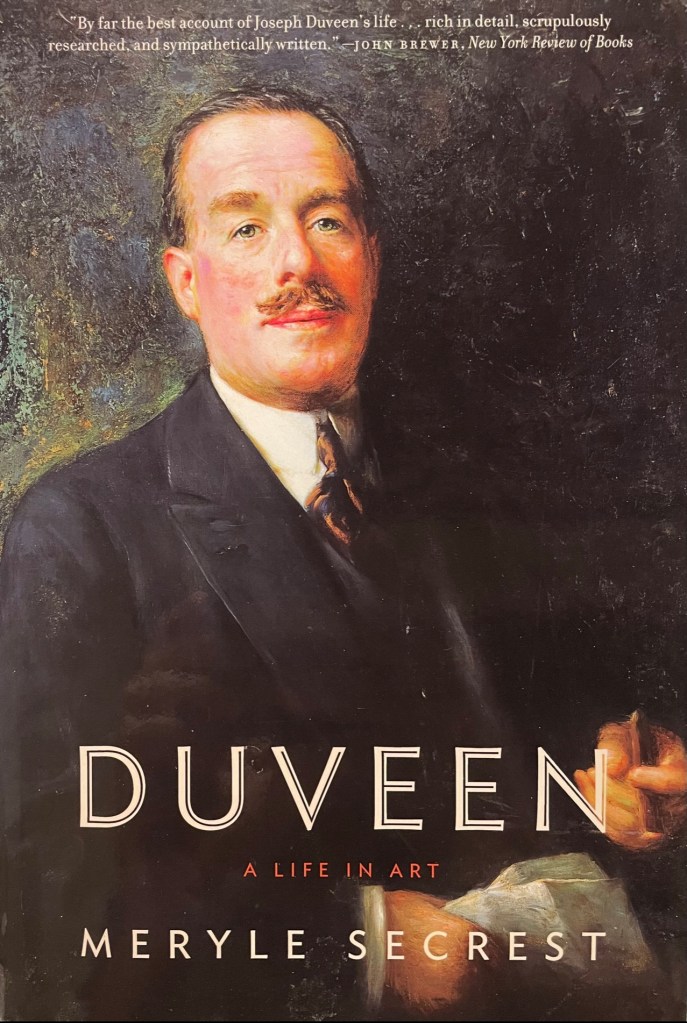







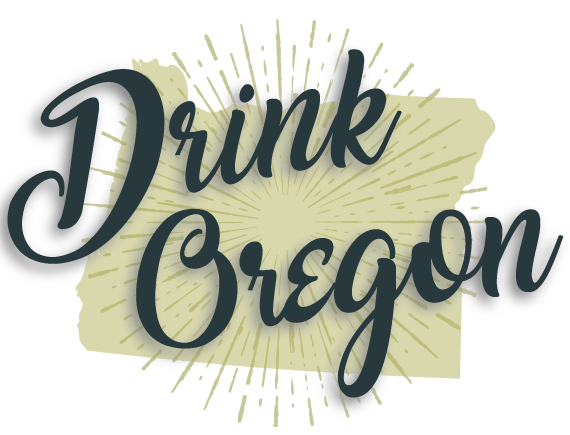
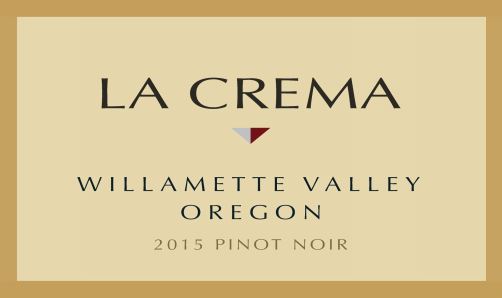
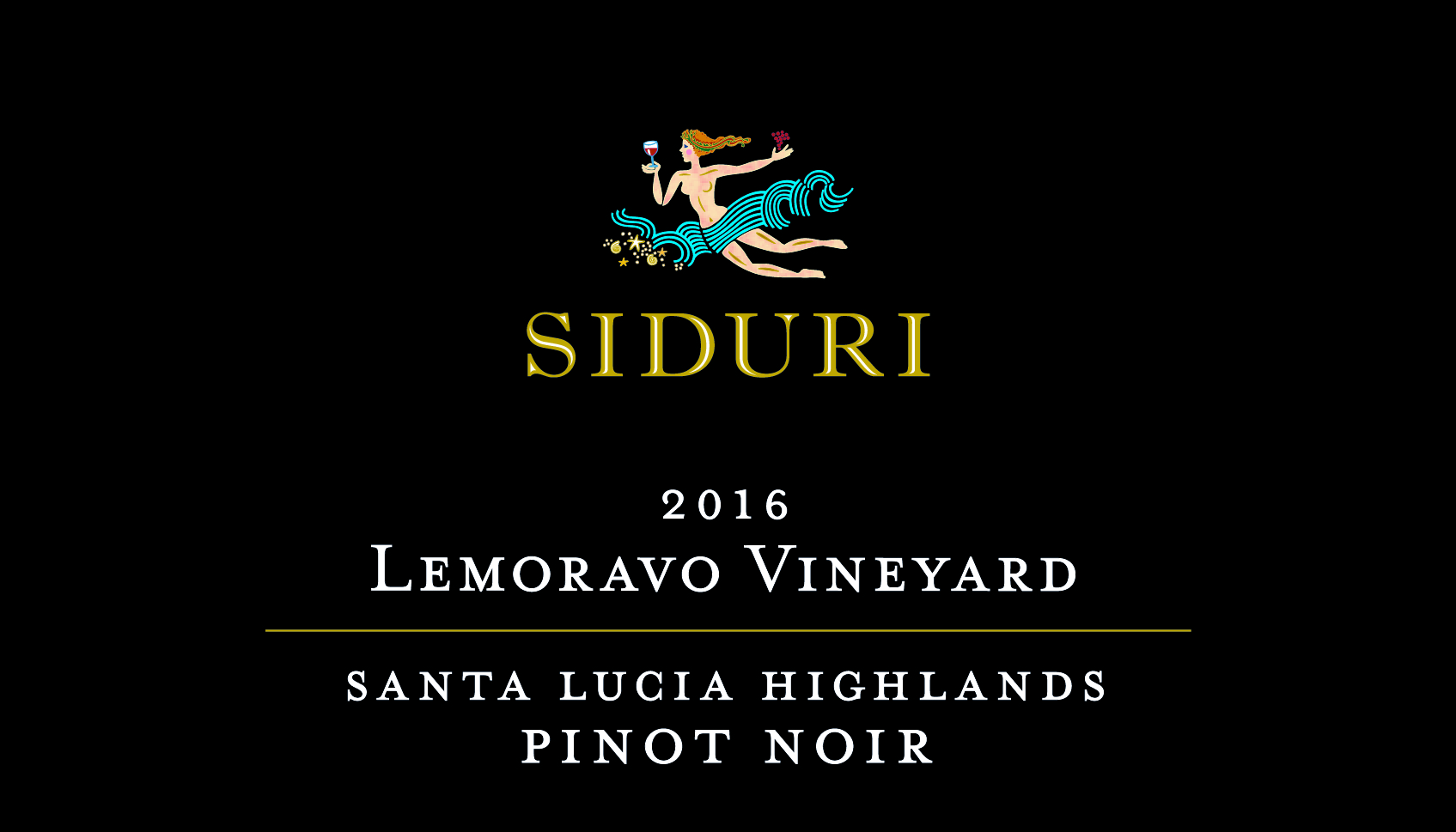 In Santa Lucia Highlands, Mr. Lee creates six single vineyard Pinot Noirs, including Soberanes, Sierra Mar, Rosella’s, Gary’s, and Pisoni. Lemoravo is the sixth and newest, and it sits at the southern end of Santa Lucia Highlands, almost directly below Sierra Mar Vineyard. Adam had been driving past Lemoravo for many years, checking out the grapes on the way to Sierra Mar. When he heard that some Lemoravo fruit was available, he started sourcing it in 2015 and used the grapes for the Santa Lucia Highlands AVA blend. He was so happy with the quality that he made it a Lemoravo Vineyard designate in 2016. Lemoravo gets its name from the crops originally planted at the site: lemons, oranges and avocados.
In Santa Lucia Highlands, Mr. Lee creates six single vineyard Pinot Noirs, including Soberanes, Sierra Mar, Rosella’s, Gary’s, and Pisoni. Lemoravo is the sixth and newest, and it sits at the southern end of Santa Lucia Highlands, almost directly below Sierra Mar Vineyard. Adam had been driving past Lemoravo for many years, checking out the grapes on the way to Sierra Mar. When he heard that some Lemoravo fruit was available, he started sourcing it in 2015 and used the grapes for the Santa Lucia Highlands AVA blend. He was so happy with the quality that he made it a Lemoravo Vineyard designate in 2016. Lemoravo gets its name from the crops originally planted at the site: lemons, oranges and avocados.
